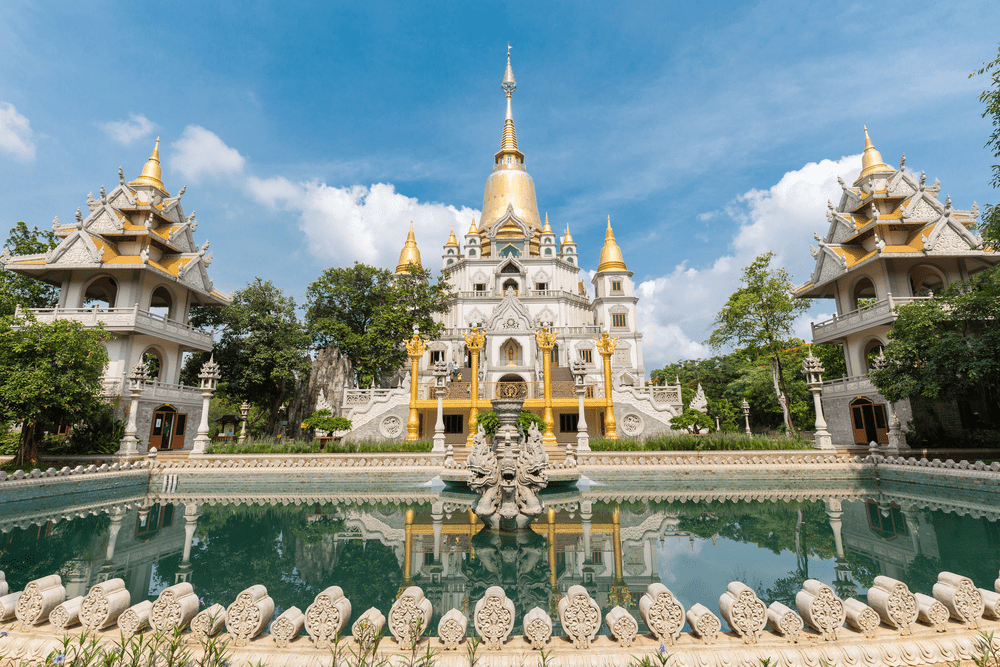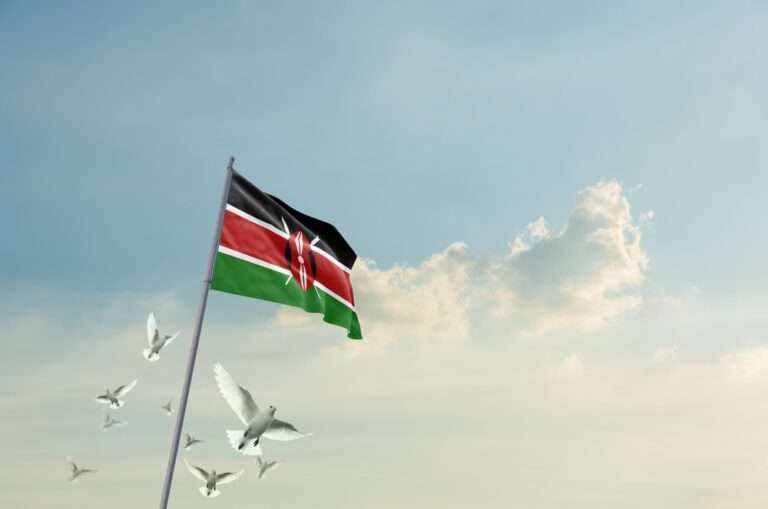
Cambodia boasts stunning scenery and a rich historical and cultural legacy. Although visitors from all around the world are drawn to the nation’s historic landmarks, its UNESCO World Heritage landmarks are especially amazing monuments to its past. These sites provide not just a window into Cambodia’s architectural genius but also a better awareness of its customs, spiritual ideas, and historical tenacity. Discovering these famous sites is a once-in-a-lifetime adventure that transports guests through the intriguing legacy of Cambodia.
Angkor Wat: The Crown Jewel of Cambodia
Without seeing the majesty of Angkor Wat, Cambodia’s most well-known and beloved UNESCO World Heritage Site, no trip to the nation is a whole. Angkor Wat, erected under King Suryavarman II in the early 12th century, is the biggest religious monument on Earth. Originally built as a Hindu temple honoring Vishnu, it eventually changed to become a Buddhist haven symbolizing Cambodia’s spiritual development.
Each complex bas-relief in the temple tells a different story from millennia past, depicting mythological tales and historical occurrences. One of the most breathtaking views one may see when the sun rises over its famous five towers is the temple complex glowing golden. Strolling over the large hallways and courtyards, guests may sense the echoes of history resonating from the stones, providing a close link to Cambodia’s past society.
CAMBODIA VISA FOR TURKISH CITIZENS
Angkor Thom and Bayon Temple: The Faces of History
Angkor Thom, another important landmark that captures the genius of Khmer design, is situated inside the Angkor Archaeological Park. Built by King Jayavarman VII in the late 12th century, Angkor Thom was the final major Khmer metropolis. Representing the Hindu story of the Churning of the Ocean of Milk, the great entrance—known as the South Gate—greets guests with colossal statues of gods and devils fighting in a cosmic tug-of-war.
The Bayon Temple, an architectural wonder with more than 200 mysterious stone faces, is the center of Angkor Thom. Believed to be the Bodhisattva of mercy, Avalokiteshvara, these calm and enigmatic gestures give the temple an almost magical appeal. Discovering rich carvings depicting scenes of daily life, conflicts, and royal events as guests negotiate its maze-like tunnels gives an immersive look at Cambodia’s magnificent history.
Preah Vihear Temple: A Sacred Sanctuary on the Cliff
A stunning example of Khmer temple architecture, Preah Vihear Temple is perched spectacularly atop the Dângrêk Mountains close to the boundary between Cambodia and Thailand. Built between the ninth and 12th centuries, this UNESCO-listed structure honors the Hindu god Shiva. Unlike the vast layout of Angkor Wat, Preah Vihear follows a linear architecture with a sequence of sanctuaries connected by long causeways and staircases.
One of Cambodia’s most strikingly beautiful historical sites, the temple offers amazing panoramic views of the surrounding lowlands. Its distant location lends an air of mystery, and those who travel are rewarded with a remarkable spiritual and architectural encounter. Preah Vihear remains a symbol of Cambodia’s cultural and religious survival despite its violent past brought on by border warfare.
CAMBODIA VISA FOR BRITISH CITIZENS
Sambor Prei Kuk: The Ancient Capital of Chenla
Though less well-known than other equally fascinating archeological sites, Sambor Prei Kuk was acknowledged as a UNESCO World Heritage Site in 2017. Several years before Angkor, this sophisticated city was the Chenla Kingdom’s capital throughout the sixth and seventh centuries. Over a hundred temples are among the ruins, several of which have delicate sandstone sculptures and elaborate embellishments.
Sambor Prei Kuk’s temples radiate a certain appeal, unlike the more grandiose Angkor buildings; some still show traces of partially concealed intertwined tree roots. One stroll over its ancient remains, one can picture the grandeur of a vanished empire that once flourished in the center of Cambodia.
Preserving Cambodia’s World Heritage
Not only artifacts from the past but also the UNESCO World Heritage Sites of Cambodia are living reminders of the country’s artistic, religious, and cultural development. Although these places still inspire and draw tourists, efforts to protect them are vital if we let the next generations value their importance. Protecting Cambodia’s legacy depends critically on restoration efforts, environmentally friendly travel, and local involvement.
Discovering these remarkable locations transports one through time and reveals the creativity and spirituality that molded Cambodia’s past. Every temple and monument invites guests to explore the soul of a country that has suffered, evolved, and prospered. Travelers leave with greater respect for Cambodia’s rich and timeless legacy, whether they are in awe of Angkor Wat, standing in wonder at Bayon’s mysterious faces, or savoring the peace of Sambor Prei Kuk.
More Articles: Phnom Penh’s Royal Heritage: A Walk Through Cambodia’s Past



